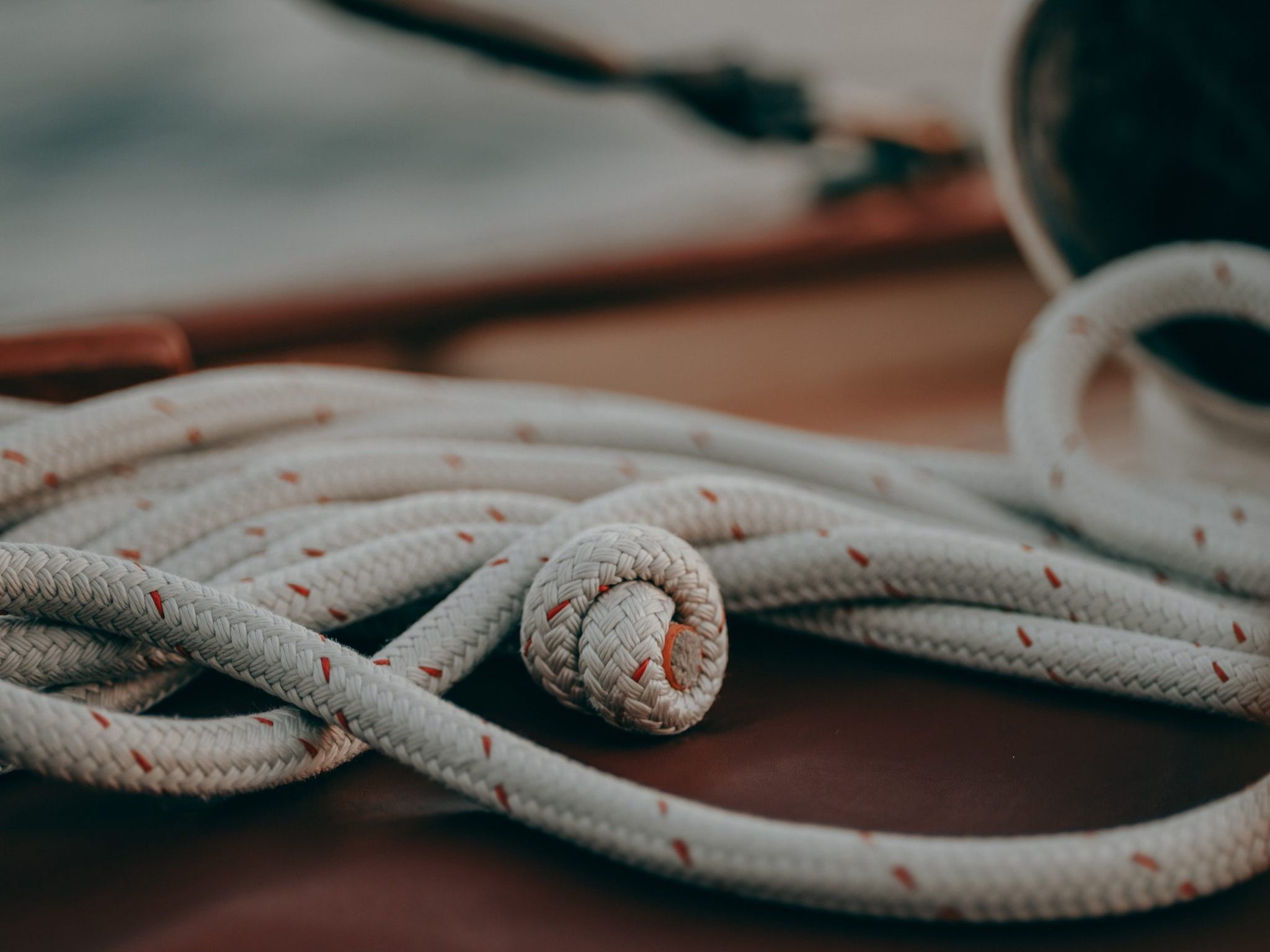
Desexualizing Masculinity
When it comes to modern models of masculinity, students of newer generations may think of athletes, actors, and musicians. Men in these categories are often body-conscious, well-dressed, and highly glamorized figures who ooze confidence and charisma. But did you know that this sense of masculinity and confidence originated from sailors and naval figures?
Many were convinced at the time that sailors were responsible for social depravity, all because they indulged, according to Global Maritime History.com, “their own self-destructive propensities: boozing, gambling, brawling, dancing, overspending, and whoring — contributing, if nothing else, to the city’s epidemic of venereal disease.” This image of a reckless, law-dismissing sailor who lived freely on the seas and did as he pleased spread far and wide and contributed to many fictitious stories of unseen bravery, strength, and gallantry — all in the name of defending treasures, women, and civilizations.
With ENGL 293—Vulnerability, the Male Body, and Destabilizing Hyper-Masculinity,, students can explore a different side to these traditional “masculine” notions. Using sailors as a case study, students will explore history, queer theory, gender and sexuality, and literary theory to unpack the subtle ways men expressed vulnerability in a highly dangerous and hypermasculine environment.
Yes, the seas were dangerous and life on a ship was unpredictable, grueling, and treacherous. But it could also be a place of fraternal camaraderie or even loneliness, depending on the individual. As part of this HfA course, CCBC students are invited to explore both and learn how vulnerability often accompanied perceived masculinity, despite what fictional movies and books might indicate. It’s also part of a larger conversation about history, traditions, and truths.
During this course, which touches upon LGBTQ+ history, students will be able to dig deeper and improve their research skills. They’ll fact-check what stories were told and what the truths were surrounding sailors, their masculinity, and their expressions of vulnerability. They’ll explore the evolution of masculinity and how it has become more acceptable to display vulnerability, sensitivity, and even femininity.
Instruction will center on the methodology, devising a research question, creatively applying primary and secondary sources, and navigating complex research dilemmas. We’re hoping the course will pave the way for many future discussions on the topic and for students to openly question mainstream narratives. Telling these invisible histories and understanding how these narratives dominated our understanding of what masculinity means is just one way CCBC explores what it means to be human and how our perspectives have evolved. This course and many others are made possible thanks to the generosity of the Mellon Scholars program.

